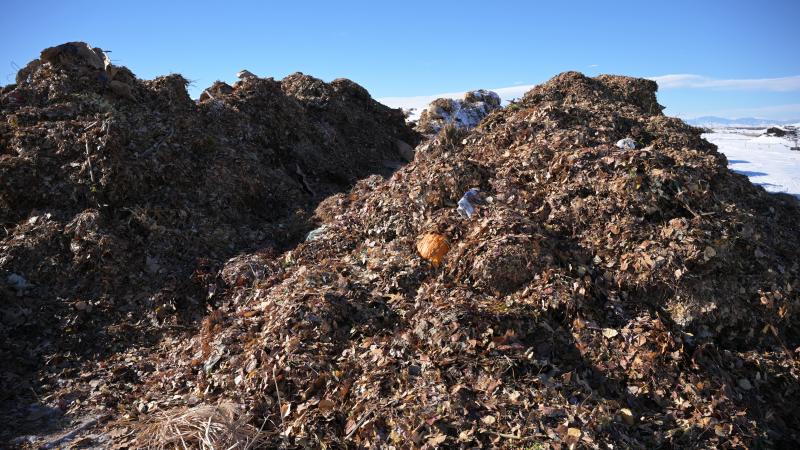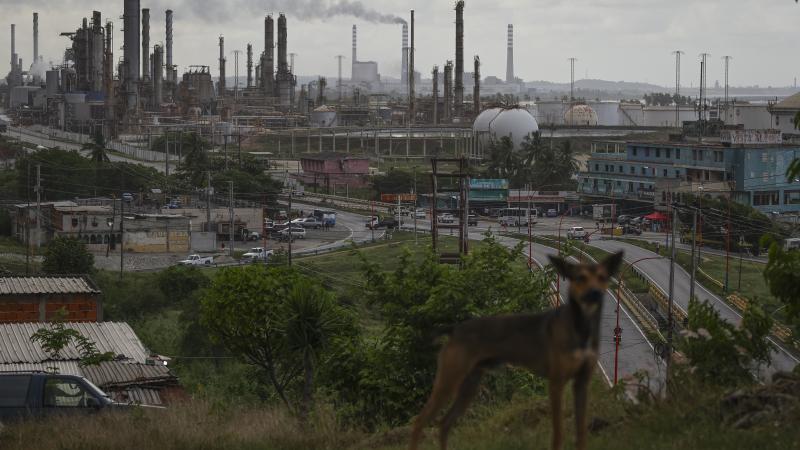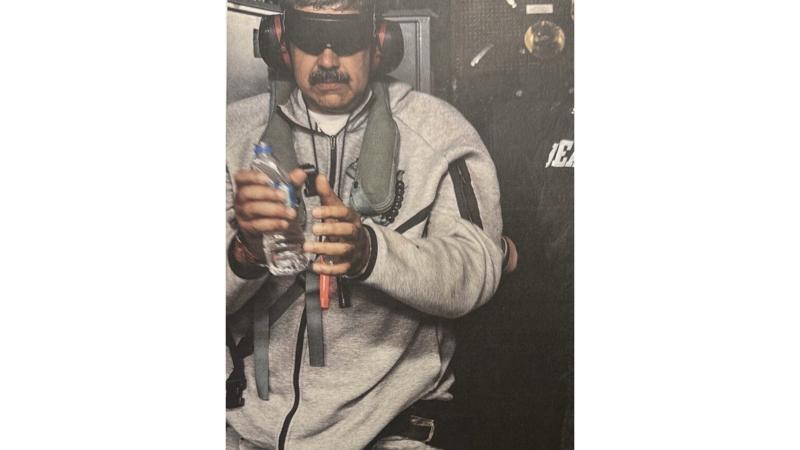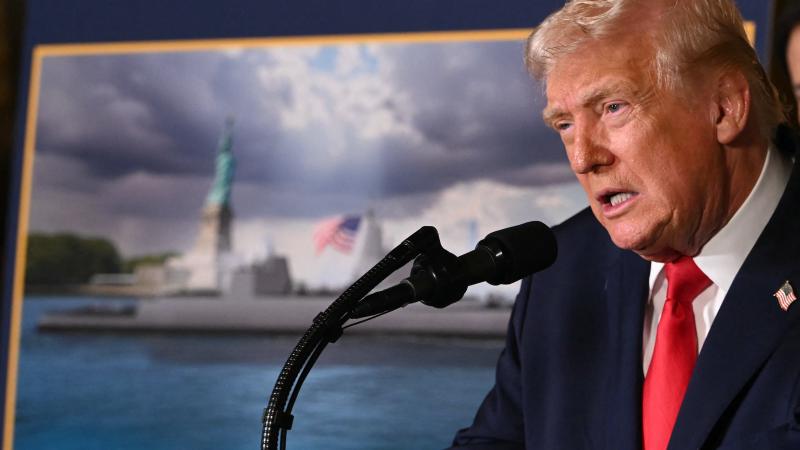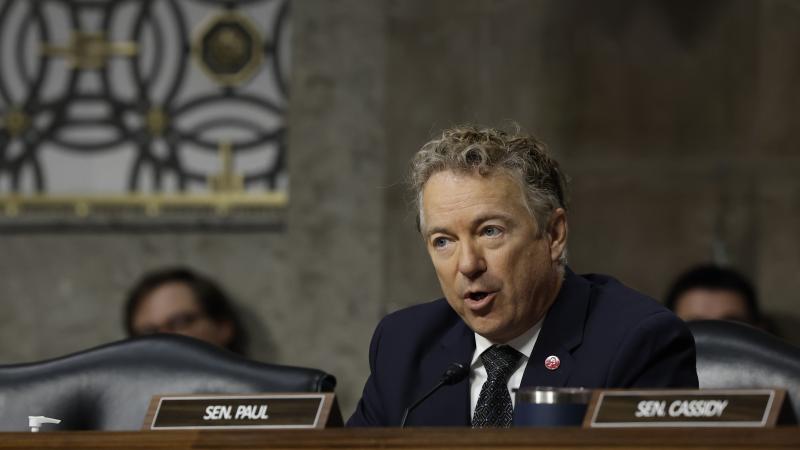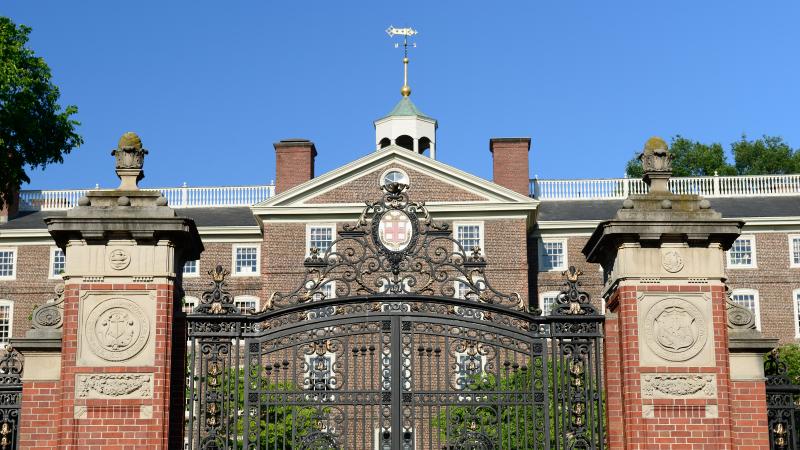Federal whale protection strategy ‘partners’ with offshore wind and has no new mitigation rules
The strategy document summarizes the state of the North Atlantic Right whale population, which peaked in 2011 at 481. Since then, 237 of the whales have died. According to the document, deaths are so high that no adult Right whale has been found to have died as a result of natural causes in several decades.
The Bureau of Ocean Energy Management (BOEM) released a strategy document for offshore wind development and the protection of the endangered North Atlantic right whale.
The agency’s strategy is to monitor and assess the impacts of offshore wind on whales, but pending further study, it does not establish policy or regulatory actions. It also contains no new mitigation rules.
Instead, “BOEM and NOAA Fisheries will work together alongside our partners (including the [offshore wind] OSW industry) to further develop the information and science the agencies will use to inform their decisions to responsibly develop OSW while protecting and recovering [North Atlantic right whales] NARWs,” the document states.
Species in decline
The strategy document summarizes the state of the NARW population, which peaked in 2011 at 481. Since then, 237 of the whales have died. Deaths resulting from human activity, according to the document, are so high that no adult NARW has been found to have died as a result of natural causes in several decades.
Even though the whales can live up to 100 years, they all have a low probability of surviving more than 40.
Last year, BOEM sponsored a study by the National Academy of Sciences that found that offshore wind development has the potential to alter hydrodynamics, which is the physics of fluid in motion, and that may, according to the study, impact the critically endangered species.
Lisa Linowes, co-founder of the Save The Right Whales Coalition, told Just The News that BOEM’s “wait and study” attitude toward protecting a species documented to be threatened with extinction is “incredibly frustrating.”
“They have always understood that the species is in decline, that it’s under tremendous stress, and that the loss of less than one whale a year would be crushing. The contradiction lies in the unequal application of the laws meant to protect the whale – the Endangered Species Act (ESA) and Marine Mammal Protection Act (MMPA). If we were discussing any other construction activity but for wind energy, including projects that are a fraction of the scale, such projects would be stopped by the ESA,” Linowes said.
Double standards
BOEM has been vocal in its support of the offshore wind industry.
“Offshore wind is a once-in-a-generation opportunity to build a new clean energy industry, tackle the climate crisis, and create good-paying jobs, while ensuring economic opportunities for all communities,” the agency posted on X in December.
On his “Bud’s Offshore Energy” blog, Elmer Peter Danenberger III, a petroleum engineer with decades of experience in the oil and gas industry, documented how differently the agency treats whales impacted by oil and gas in the Gulf of Mexico compared with those impacted by offshore wind in the Atlantic.
When oil and gas leases threatened the endangered Rice whale, of which approximately 50 remain, the Biden administration proposed removing millions of acres within the whale’s habitat from an offshore oil lease. A federal ruling forced the acreage to be included in the sale.
The lease sale included a number of restrictions, including speed restrictions on vessels, avoidance of transit times of low visibility or after dusk, and documentation of compliance.
Wind leases have no documentation requirements or visibility restrictions. They do have the same speed limits, but only for vessels over 65 feet.
Danenberger also questioned the effectiveness of partnering with the OSW industry to develop a mitigation strategy for the protection and recovery of the whales.
“While regulator-industry collaboration is essential for effective offshore development, be it wind or oil and gas, regulators and operating companies have distinctly different missions and responsibilities and should not be viewed as partners,” he wrote.
Partnerships
Linowes said she doesn’t believe the offshore wind industry cares about the whales. Their primary goal, she said, is to negotiate conditions of their incidental harassment authorization so that they don’t constrain their ability to build. Offshore wind developers have to get the authorizations, which allow them to “take” marine mammals, The MMPA defines a “take” as an activity that will “harass, hunt, capture, or kill, or attempt to harass, hunt, capture, or kill any marine mammal.”
“You will notice that the developers do not speak to the press about the concerns. Instead, NOAA, BOEM, and proxies from the environmental NGOs are out front and aggressively defending the projects and insisting there is no connection between whale mortality and OSW activities,” Linowes said.
She said she believes that such partnerships between agencies and the wind industry will likely erode the whales’ protections further, and they have the resources to navigate the complex regulatory landscape to ensure their projects get built.
“Lawyers working for developers understand that statutes, by design, do not include strict language. There is always discretion built in to allow agencies to address different circumstances they encounter. Developers are skilled at pushing at these weaker points to get the agencies to relax the requirements,” Linowes said.
The ESA, Linowes pointed out, states that it exists to ensure that any action authorized, funded, or carried out by an agency is not likely to jeopardize the continued existence of any endangered species or threatened species.
“The strategy document clearly shows the agencies do not know what harm an operating project will cause to NARWs. Given that, how can the agency prove the project satisfies the ‘no jeopardy’ mandate? They can’t,” Linowes said.
She said it appears BOEM and the National Oceanic and Atmospheric Administration, which acts as in an advisory capacity to BOEM, will not entertain a connection between offshore wind development and whale mortality until they can devise monitoring strategies that specifically measure the impacts.
“This is their fallback and may be why we have been unable to get any traction. This approach might be okay if we weren't dealing with a critically endangered species. Yet the agencies and NGOs seem willing to accept assumed harms to the environment when reviewing activities that are less acceptable, but for renewables, this is not the case,” Linowes said.
The Facts Inside Our Reporter's Notebook
Links
- released a strategy document
- study by the National Academy of Sciences
- Save The Right Whales Coalition
- the agency posted on X in December
- Bud's Offshore Energy
- documented how differently the agency treats
- threatened the endangered Rice whale
- Biden administration proposed removing millions of acres
- federal ruling forced the acreage
- questioned the effectiveness of partnering with the OSW industry
- incidental harassment authorization
- MMPA defines
- advisory capacity to BOEM

